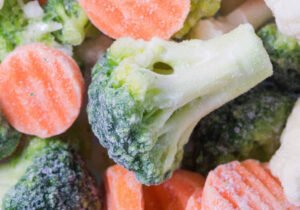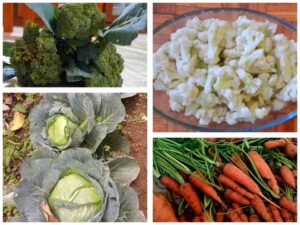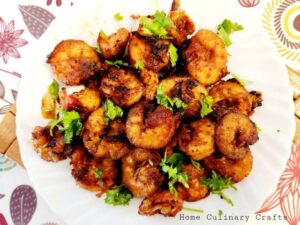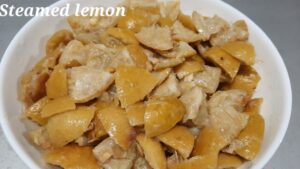
Mashed potatoes with steak is a classic and beloved dish that combines the hearty, creamy comfort…

Mashed potatoes with steak is a classic and beloved dish that combines the hearty, creamy comfort…

the key to successful vegetable cooking is to avoid overcooking, as it can lead to nutrient…
Marinades were used as a salty soup to preserve meat for a longer time. But nowadays,…
There are some factors beyond whether or not an animal has been raised organically that can…
Slow cooking was trending since the beginning of time. Ancient people prepared their food using plants,…
Amazing tips and tricks to make your daily food delicious !

Herbs bring a dish to life with their fragrance. We perceive flavor mostly through smell, which…
Here I am sharing with you some of the tips you can definitely try in your…
Tips to manage kitchen easily during busy schedules !
Cashew nut chutney General |August 1, 2023 12 mins Easy Share: Ingredients : Raw cashew nuts-…

Benefits of steamed cooking
© 2023 Home Culinary Crafts. Powered by Home Culinary Crafts